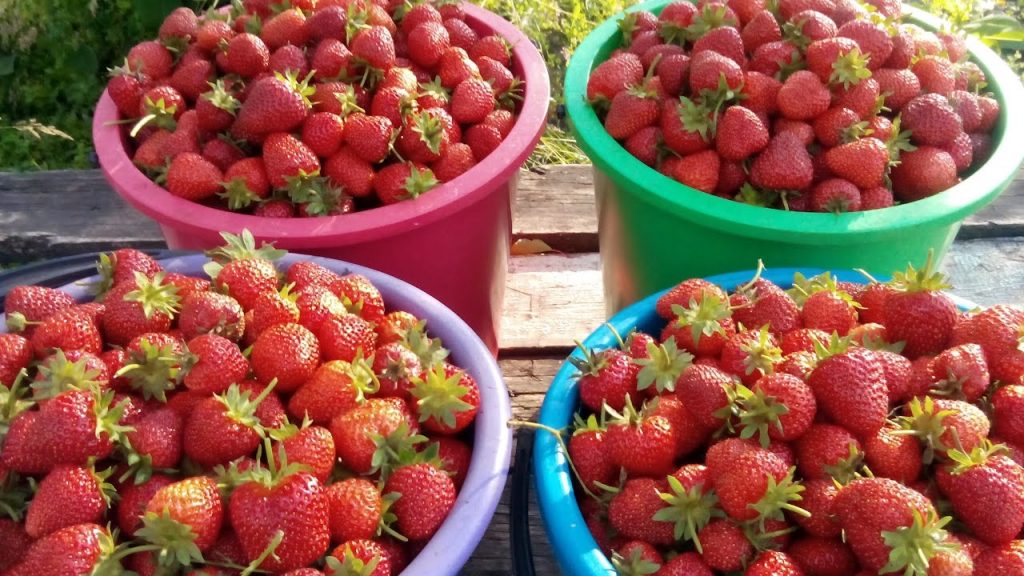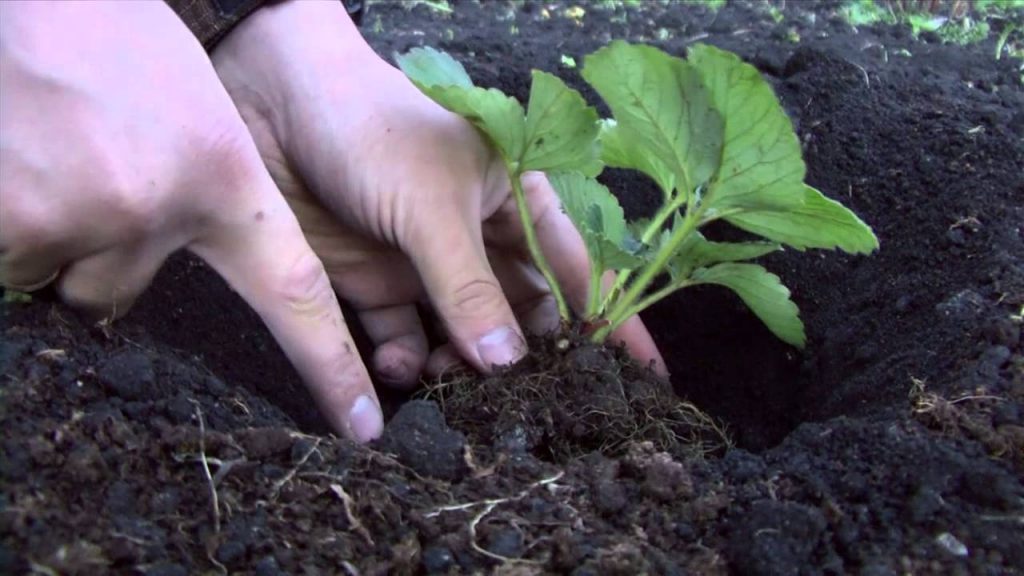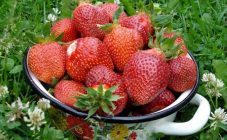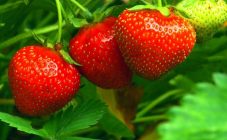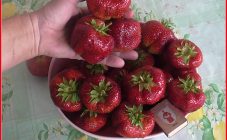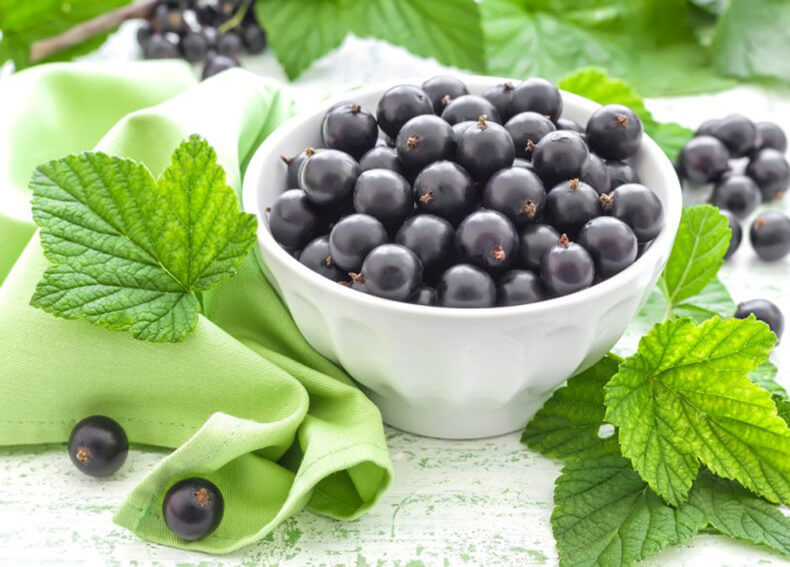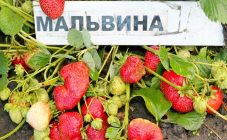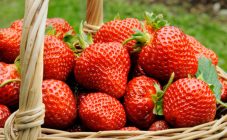Content:
The Black Prince garden strawberry appeared in horticultural farms recently, but has already received good reviews and enjoys well-deserved popularity. Being of Italian origin, it not only has an original appearance, but also contains many useful qualities. Breeders develop new strawberry varieties every year. The variety is noted for the taste and properties of the berries. At the same time, the Black Prince is exotic, the fruits are dark in color. The variety is considered not only unusual, but also very promising.
The history of the creation of the variety
Dark strawberry, belonging to the Black Prince variety, appeared in the nursery of the Italian agricultural company New Fruits. This company is distinguished by the high quality of the planting material produced. The breeders have worked for a whole decade. The variety was tested in Europe and Ukraine, where it received good recommendations. Russia and Kazakhstan also speak well of this variety of almost black strawberry. But a number of sources describe under this name an early variety of Polish berries, called Kama, which for some reason was renamed the Black Prince.
Although such a strawberry has appeared recently, and not all gardeners know about it, but it receives good reviews for its early ripening period, excellent taste. Varietal crop is suitable not only for summer cottages, but also as an industrial crop grown in large agricultural enterprises. The crop is harvested before the onset of the autumn season.
Characteristics and features of the variety
The main distinguishing characteristic of the variety is the dark red color of the berries. It is a very aromatic crop with a rich smell of garden strawberries with juicy pulp. The taste is sweet, somewhat sour, and the appearance is very attractive. The fruits are large enough, fruiting continues for a long period. Description of the bushes - sprawling and powerful, with fast growth. At 4 or 5 years old, the plant is quite tall, comparable to a potato or tomato. Peduncles are tall, with numerous ovaries turning into green fruits. During mass ripening, they bend to the ground under the weight.
Leaves of medium size have a green color, glossy, slightly corrugated surface. Strong shoots bear many ovaries, which are filled with maturity, bending towards the ground. The whiskers are formed with medium intensity, but their thickness decreases every year. From this it is necessary to draw a conclusion about the timely provision of planting material for the propagation of culture.
Berries have the following characteristics:
- Intense dark color, almost black.
- Weight - up to 50 g.
- Glossy surface.
- The shape of the fruit is similar to a truncated cone.
- The berries do not become small throughout the season.
- The pulp is red, rich in color. Qualities - juiciness, density, absence of voids.
- The variety is suitable for transportation, which tolerates well, does not deform for up to 2 weeks.
- The taste is very pleasant, there is a slight sourness.
The harvest ripens in medium terms, but fruiting is long. Green berries can be seen in early June. They ripen by the middle of the month. This is how the bushes produce crops throughout the summer. Up to 1.2 kg of large berries are harvested from one plant, and up to 20 tons per hectare are harvested using a farm method.
The ability to bear fruit lasts up to 7 years, which distinguishes this variety as twice the norm. It can increase by 2 years if the care was correct.
The indicators of winter hardiness are good, the plant tolerates -20 ° C. Also, it is not afraid of frost in the spring. But drought is highly undesirable. The varietal characteristic is versatility. Berries are eaten fresh, strawberry jam and preserves are prepared. Also the variety is used for liquor, good for sale.
Agrotechnics
Planting strawberries begins with choosing a location. It should be well lit. The best moment in time is the beginning of autumn, as well as April and May, in case of favorable climatic conditions. From the north, you need to protect the beds from the winds. Otherwise, the roots will freeze out even at -10 ° C, as the snow layer will be blown off. If there is no draft, the plant can withstand up to -20 ° C.
Fruiting depends on the location and the soil, which should be loose, air-permeable. Light loam or sandy loam soils, gray soil are quite suitable. Chernozem is diluted using river sand. A heavy soil type will not lead to fruiting, as this is unfavorable for root development. The poor soil is mixed with compost. It is also important to ensure that moisture does not stagnate. To do this, you need to exclude the location of the beds in the lowland. Groundwater should be located at least 70 cm from the surface.
A good neighborhood for the Black Prince is legumes, onions, carrots, cereals, garlic. But not cabbage, eggplant and potatoes. The beds are prepared in advance, digging them 30 cm deep. At the same time, humus, manure, peat are introduced. Weeds are removed, it is recommended to treat the soil with a herbicide. Soil acidity is also important. A slightly acidic and neutral environment favorable for the variety.
To place the bushes, holes are dug with a distance of 40 cm and 50 cm between the rows. The plant quickly grows greens, planting is not recommended to thicken. Half a liter of water is poured into the pits, the growth point is left 1 or 2 cm above the ground. Having tamped the ground, water it again. It is desirable to finish with mulching with straw, sawdust or pine needles. Up to 3 weeks you need to regularly water the seedlings. A favorable time for landing is evening.
Care includes the following activities:
- Daily watering of seedlings, taking into account the fact that the plant loves moisture (especially during flowering). Stagnation of water is excluded. Adult bushes are watered weekly, use a sprinkler, grooves.
- After moistening, the soil is loosened against crust formation.
- Top dressing with solutions or loose fertilizers. This is ammonium nitrate, urea. When budding, phosphorus fertilizers (superphosphate) are applied. When ripe, a complex composition is used. Fertilize for the first time when planting.
- Post-harvest activities: mulch harvest, removal of old leaves. You need to keep track of the roots, which should not be exposed.
Advantages and disadvantages of the variety
The disadvantage is conspicuous seeds that give the berries "thorniness" to the touch. According to reviews, they note a stable yield, as well as resistance to tick damage. Spotting may appear in late autumn. Taste, portability are among the pluses.
Garden strawberries or wild strawberries come in a wide variety. There are also unusual varieties, one of which has recently appeared in the Russian Federation. The Black Prince, with its large dark berries, is a promising new addition to the development of horticulture. Subject to the simple rules of care, he will delight the gardener with a harvest for a rather long period of time.
